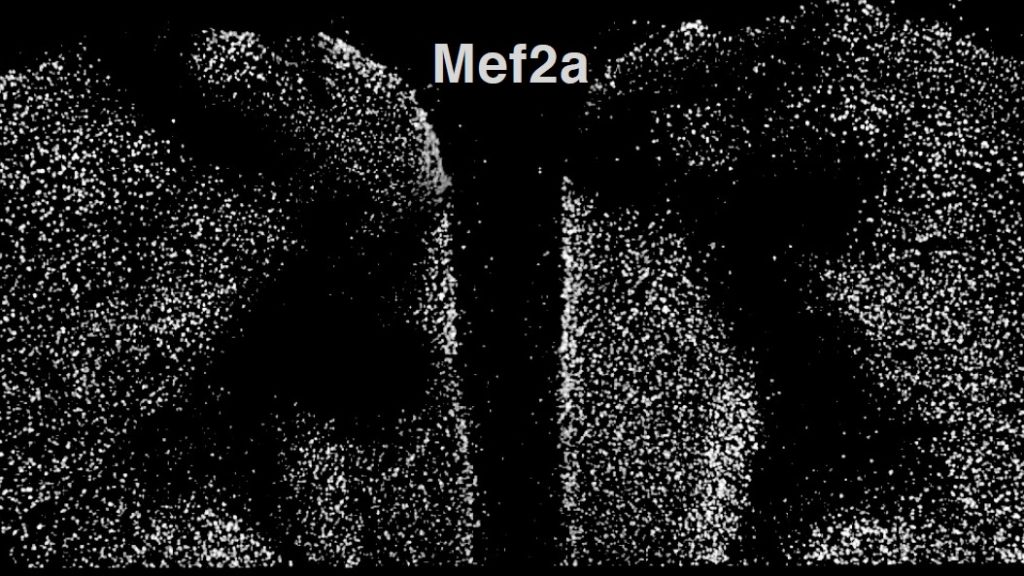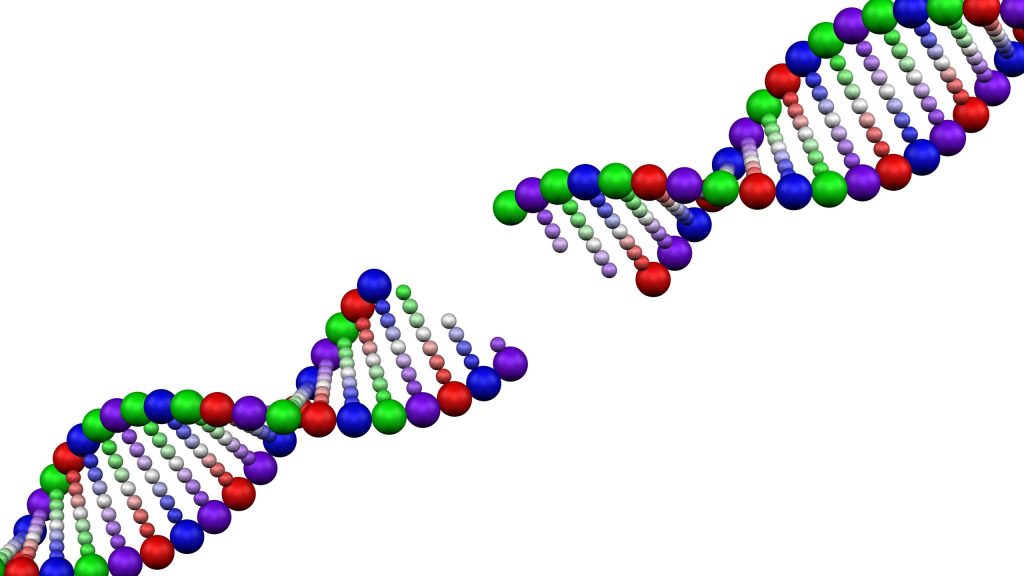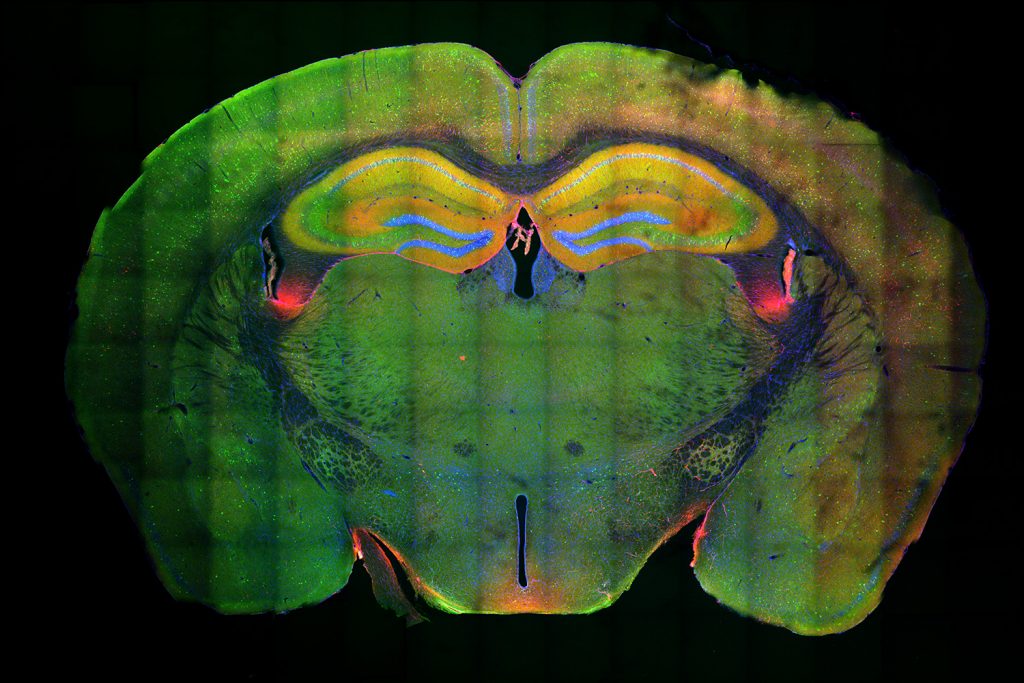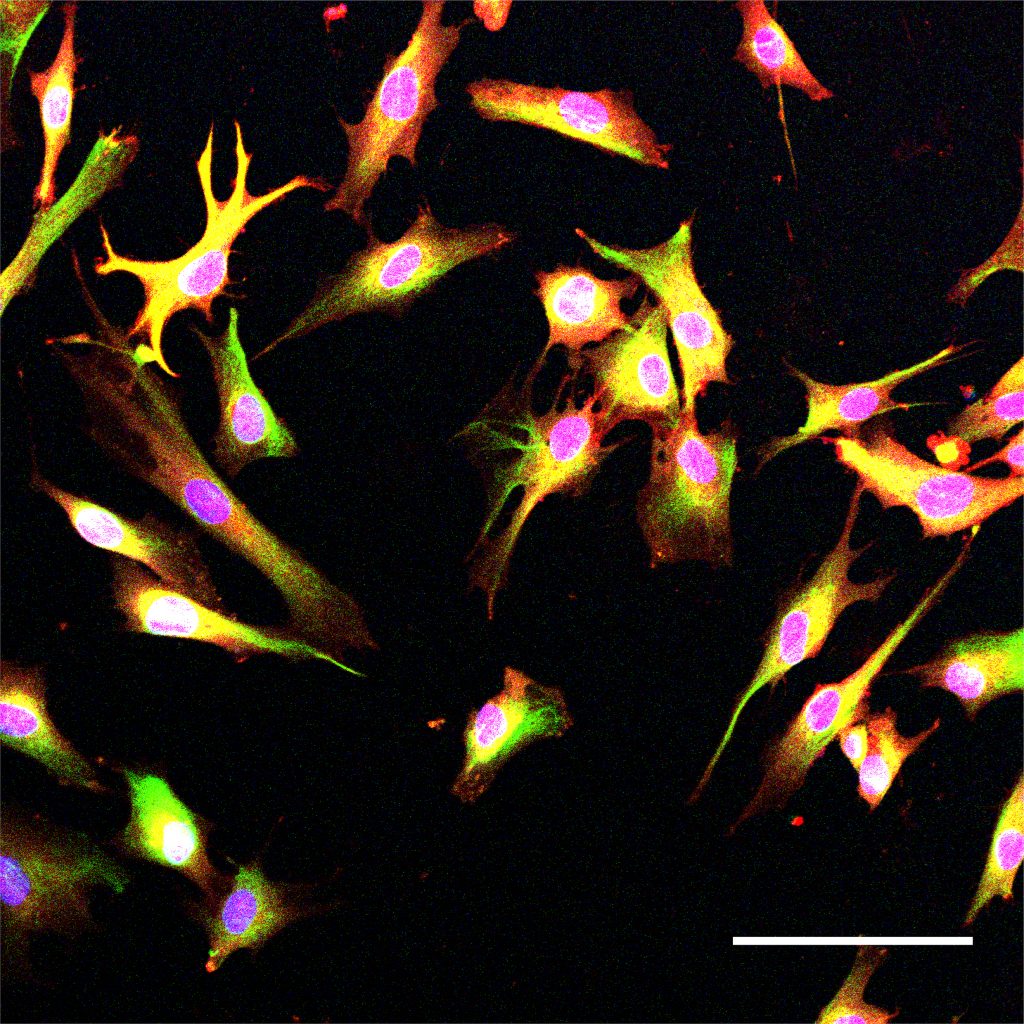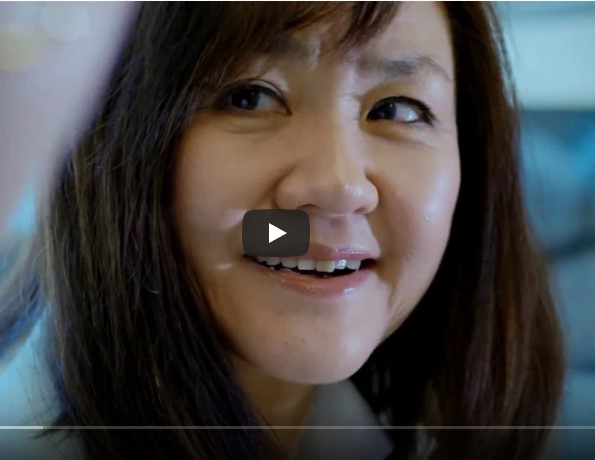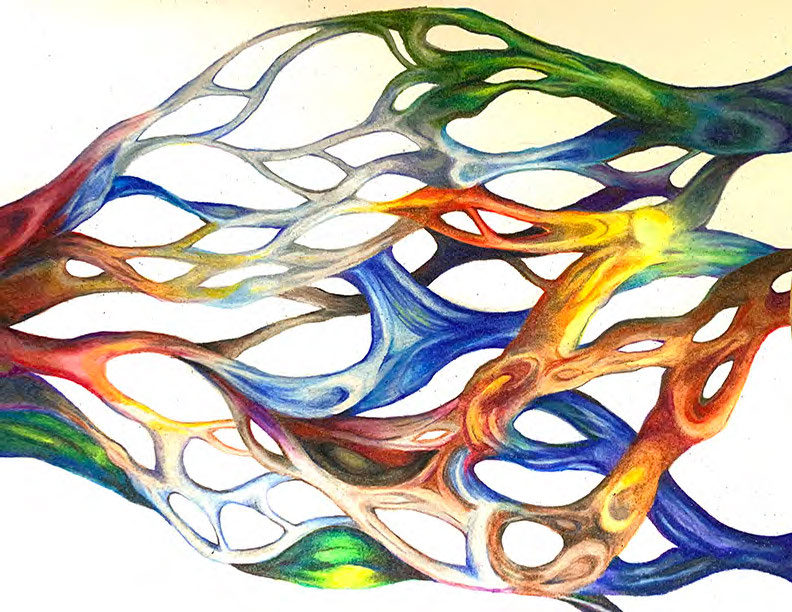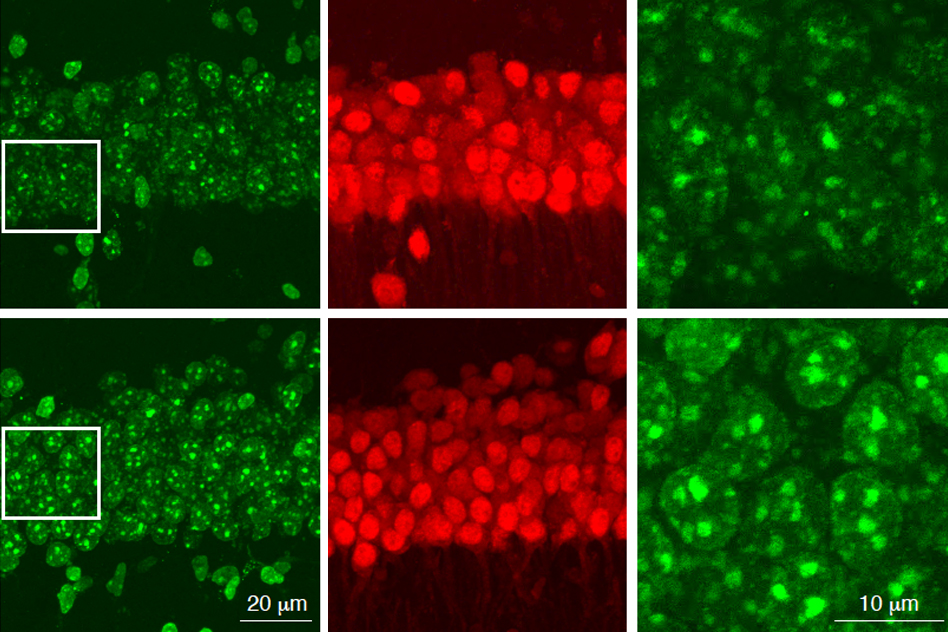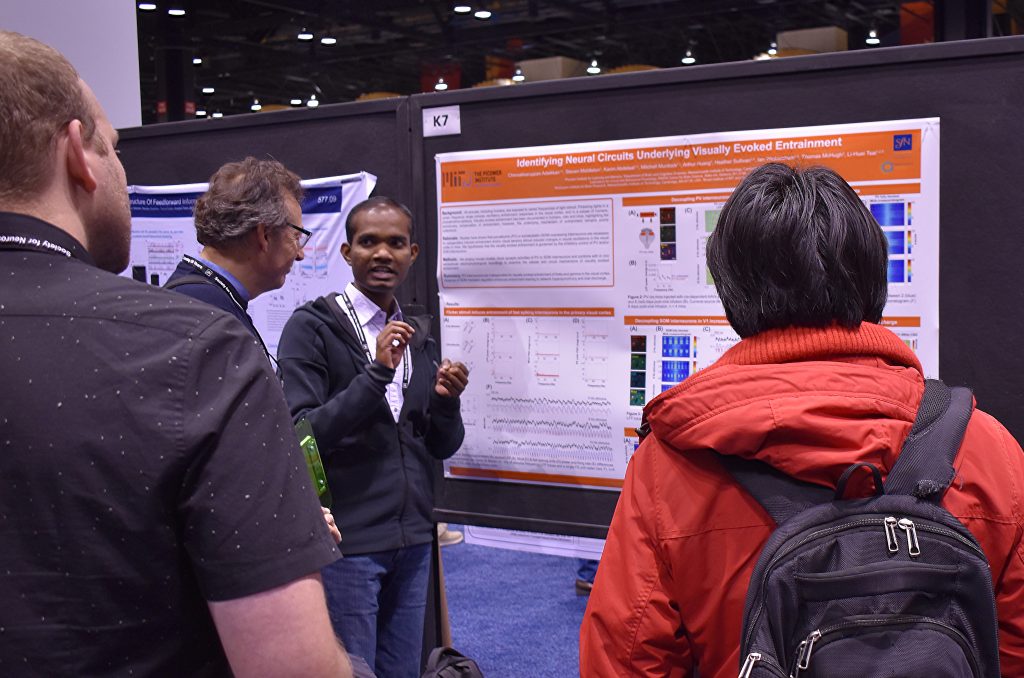The findings may help explain why some people who lead enriching lives are less prone to Alzheimer’s and age-related dementia Many people develop Alzheimer’s or other forms of dementia as they get older. However, others remain sharp well into old age, even if their brains show underlying signs of neurodegeneration. Among these cognitively resilient people, …
